Connect the Shots
How NIBIN turns crime scene evidence into crime-solving clues
Earlier this week, Pete Gagliardi shared a powerful reflection on the long, uphill journey to shift how we view ballistic evidence - a reminder that real change often begins with a single, disruptive idea. His message was clear: technology doesn’t just help us fight crime - it transforms the very way we think about it.
At the center of that transformation is NIBIN: the National Integrated Ballistic Information Network. Once dismissed as too slow or too niche, NIBIN has evolved into a frontline force multiplier, enabling law enforcement to rapidly link shootings, identify crime guns, and stop violent offenders before they strike again.
Yet despite its growing impact, NIBIN’s true value - and the steps that make it work - may still be too often overlooked or misunderstood.
Against that backdrop, I thought it would be helpful to pull together a breakdown, a walk through how NIBIN actually works, and why it’s become one of the most powerful, life-saving tools in the pursuit of safer, more just communities.
Every crime gun leaves a ballistic trace - and every trace holds the potential to solve a crime. In a country where thousands of shootings occur each year, and many remain unsolved, the key to unlocking justice often lies not in a witness or a confession, but in the evidence left behind: a single spent shell casing.
This brief explores the process as to how NIBIN transforms the way law enforcement investigates gun crime. The process turns ballistic evidence into digital leads and links crime scenes, connects shooters, and gives investigators a crucial edge. What was once overlooked is now a powerful forensic tool - revealing patterns, identifying suspects, and stopping violence before it strikes again.
NIBIN is the story of how technology, when combined with timely action and collaboration, can help law enforcement not just react to gun related violence, but get ahead of it.
Gun related violence continues to plague many communities across the United States, with thousands of shootings occurring annually - many of which remain unsolved. This crisis is not just about crime; it’s about delivering justice, achieving resolution for victims, and restoring peace in neighborhoods.
Every fired cartridge case carries unique markings – sort of like mechanical fingerprints - that can reveal critical information about a shooting. By capturing and analyzing this ballistic evidence through a national system, law enforcement can generate timely, actionable leads that might otherwise go unnoticed. This is where NIBIN plays a pivotal role.
The National Integrated Ballistic Information Network (NIBIN), managed by the Bureau of Alcohol, Tobacco, Firearms and Explosives (ATF), uses advanced imaging and comparison technology to link shell cases to specific crime guns. This allows investigators to connect shootings, uncover patterns, and identify repeat offenders.
The process begins at the crime scene, where police collect spent cases. Each case is imprinted with a ballistic signature - essentially a unique barcode for the crime gun that fired it - forming the foundation for forensic analysis.
After collection, technicians use specialized equipment to capture high-resolution images of the cases. These digital imprints are then uploaded into the NIBIN database, preserving the evidence for national comparison.
Using IBIS (Integrated Ballistic Identification System) technology, NIBIN searches for potential matches among casings in its database. These correlations help law enforcement link shootings across different jurisdictions and timeframes.
NIBIN offers both investigative leads and confirmed forensic hits. Leads provide quick direction for ongoing investigations, while hits strengthen prosecutorial cases by tying evidence directly to a firearm and its potential user.
With NIBIN results in hand, investigators can map connections between crimes, identify suspects, dismantle networks, and build strong cases. It’s not just about solving past crimes - it’s about stopping future ones, and ending the cycle of violence.
The true measure of success is seen in reopened cold cases, captured serial shooters, disrupted criminal networks, and lives saved through proactive policing. NIBIN delivers more than matches - it delivers meaningful impact.
At the RF Factor, we would be very interested in your comments regarding this national program aimed at providing justice for victims, resolution for their families, and resolution for those impacted communities.







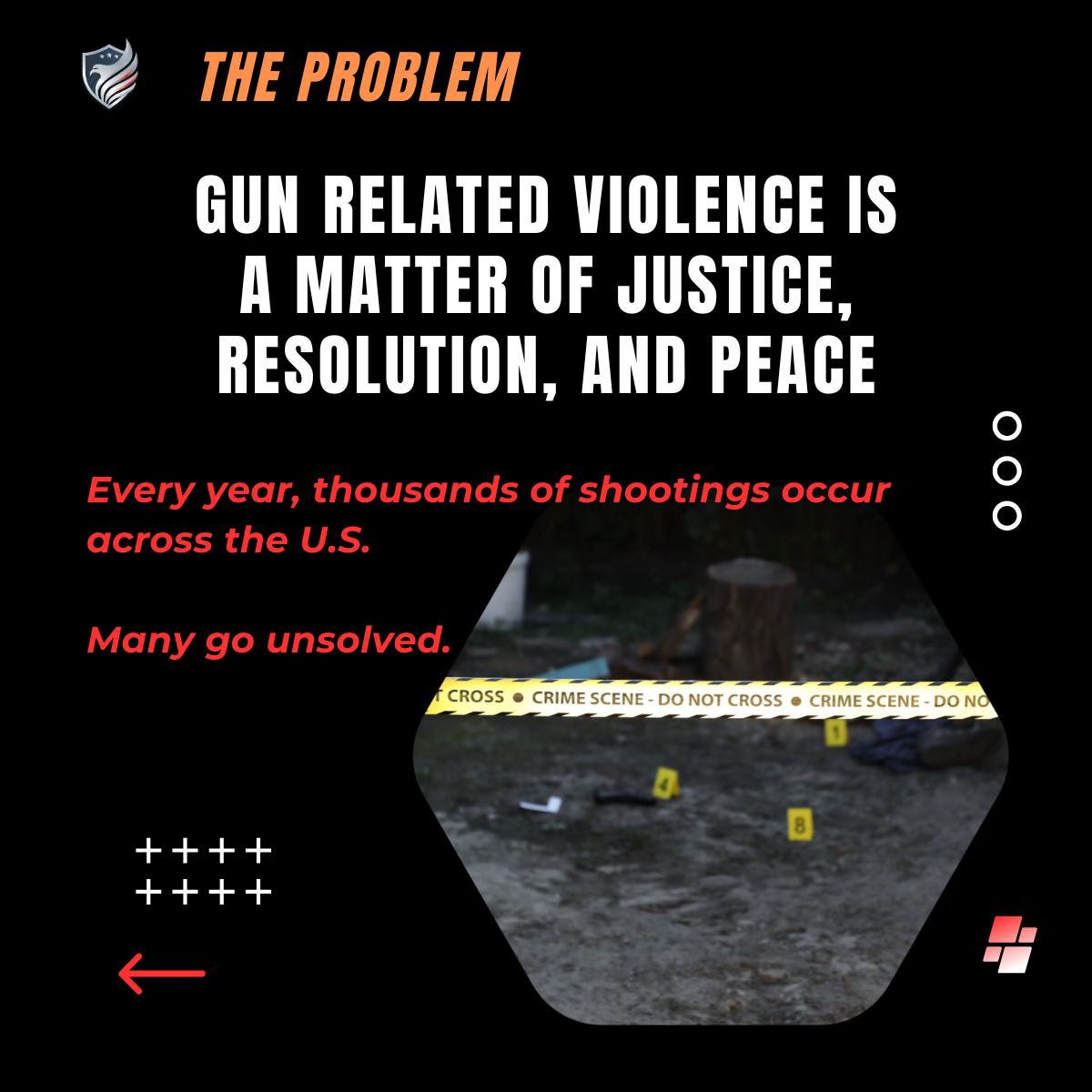


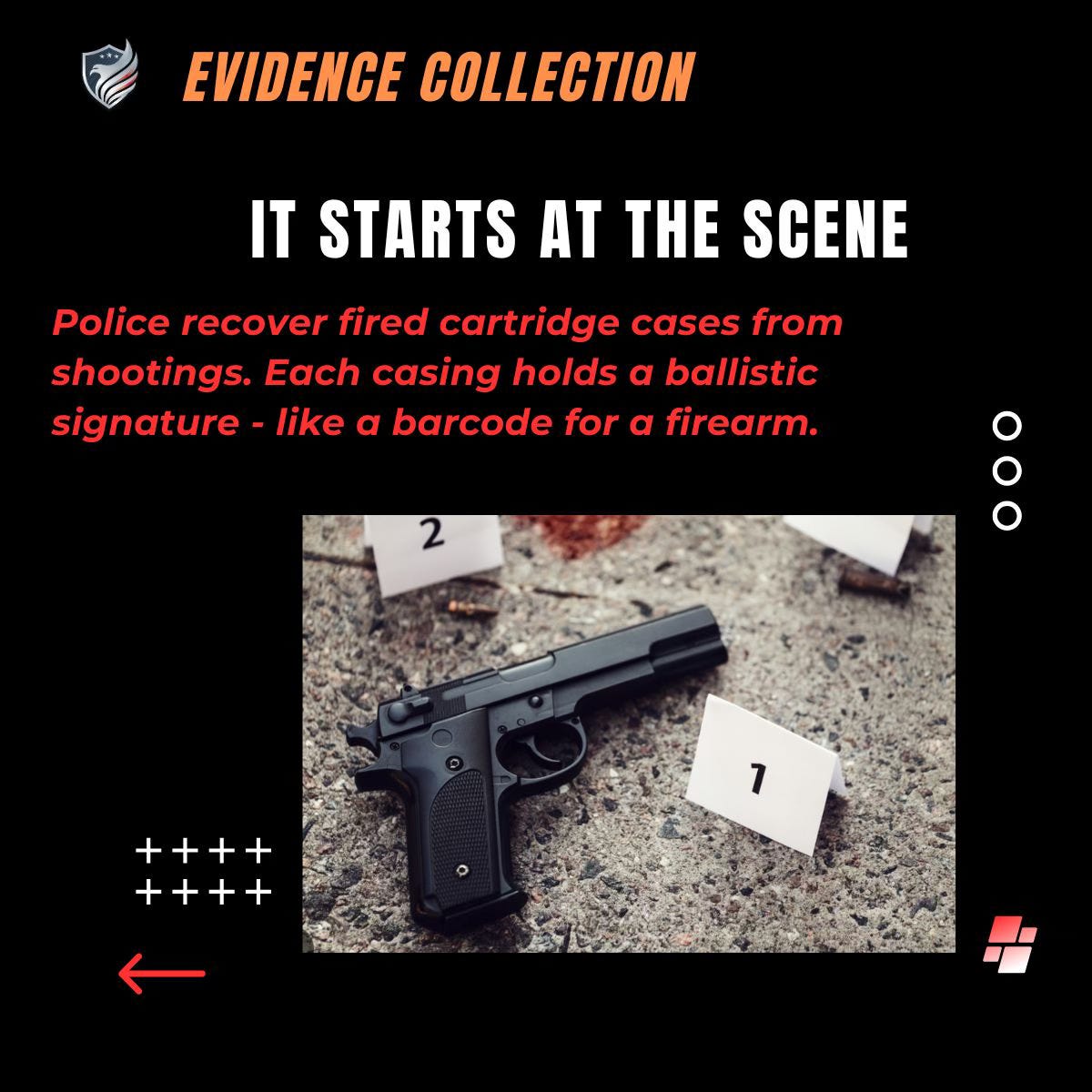
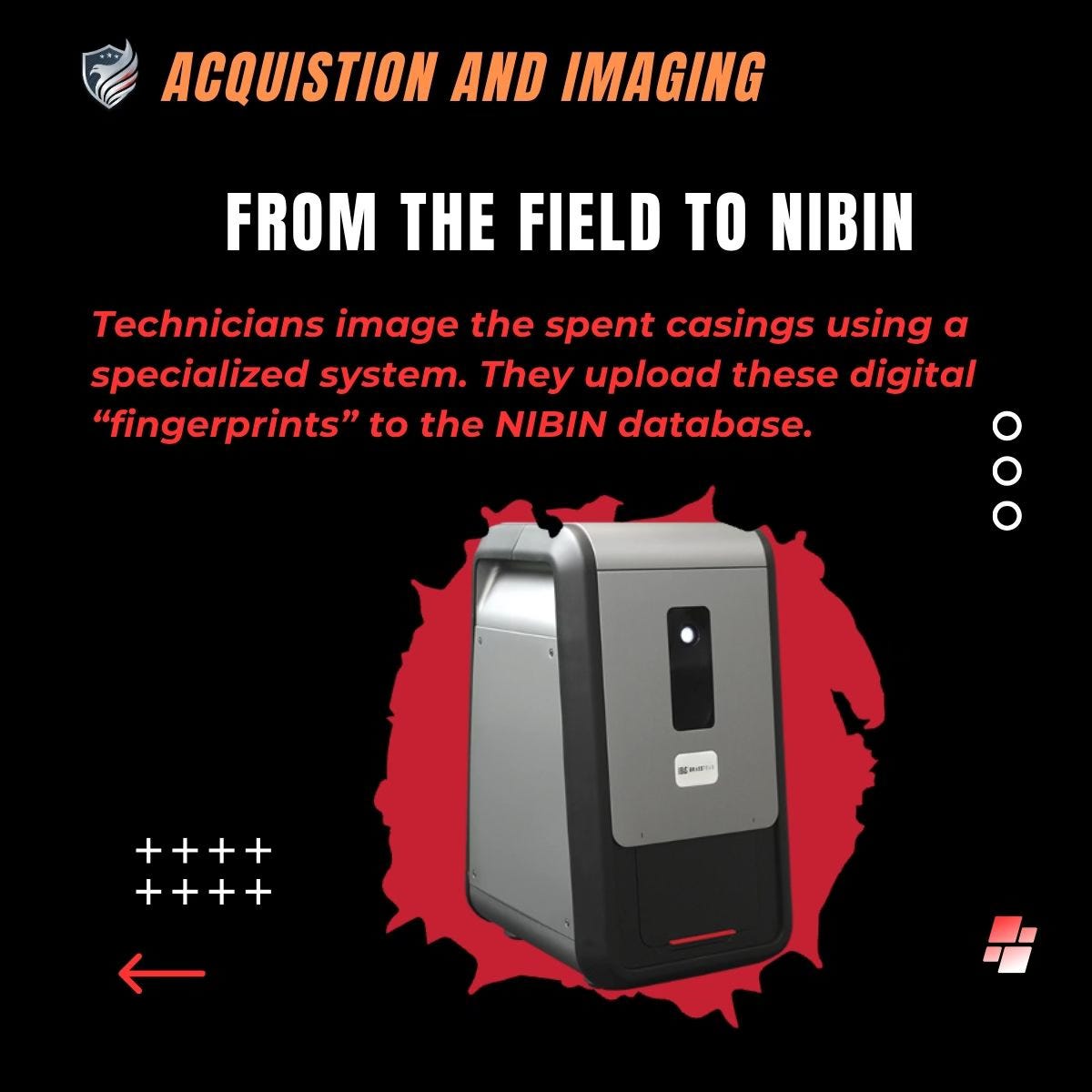

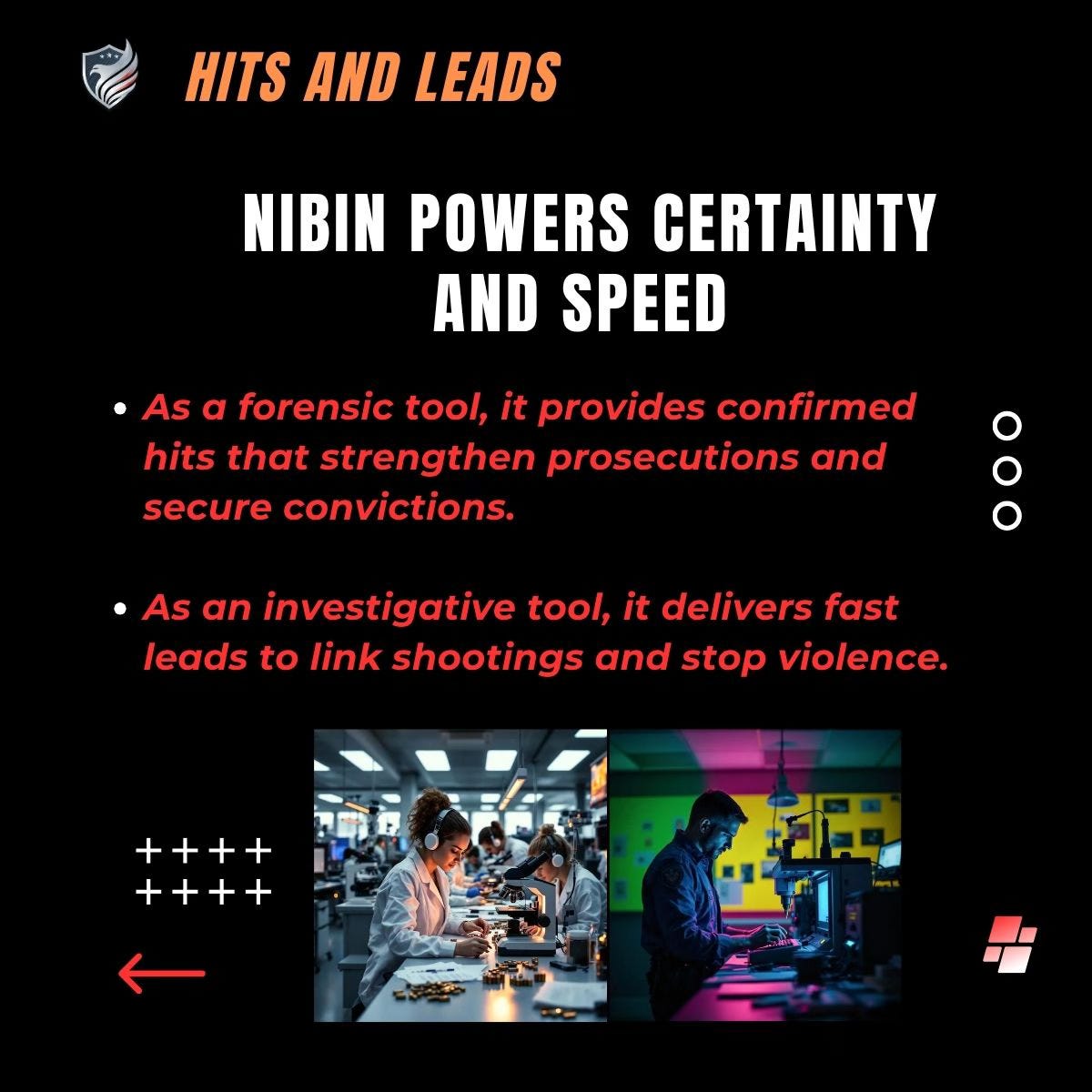

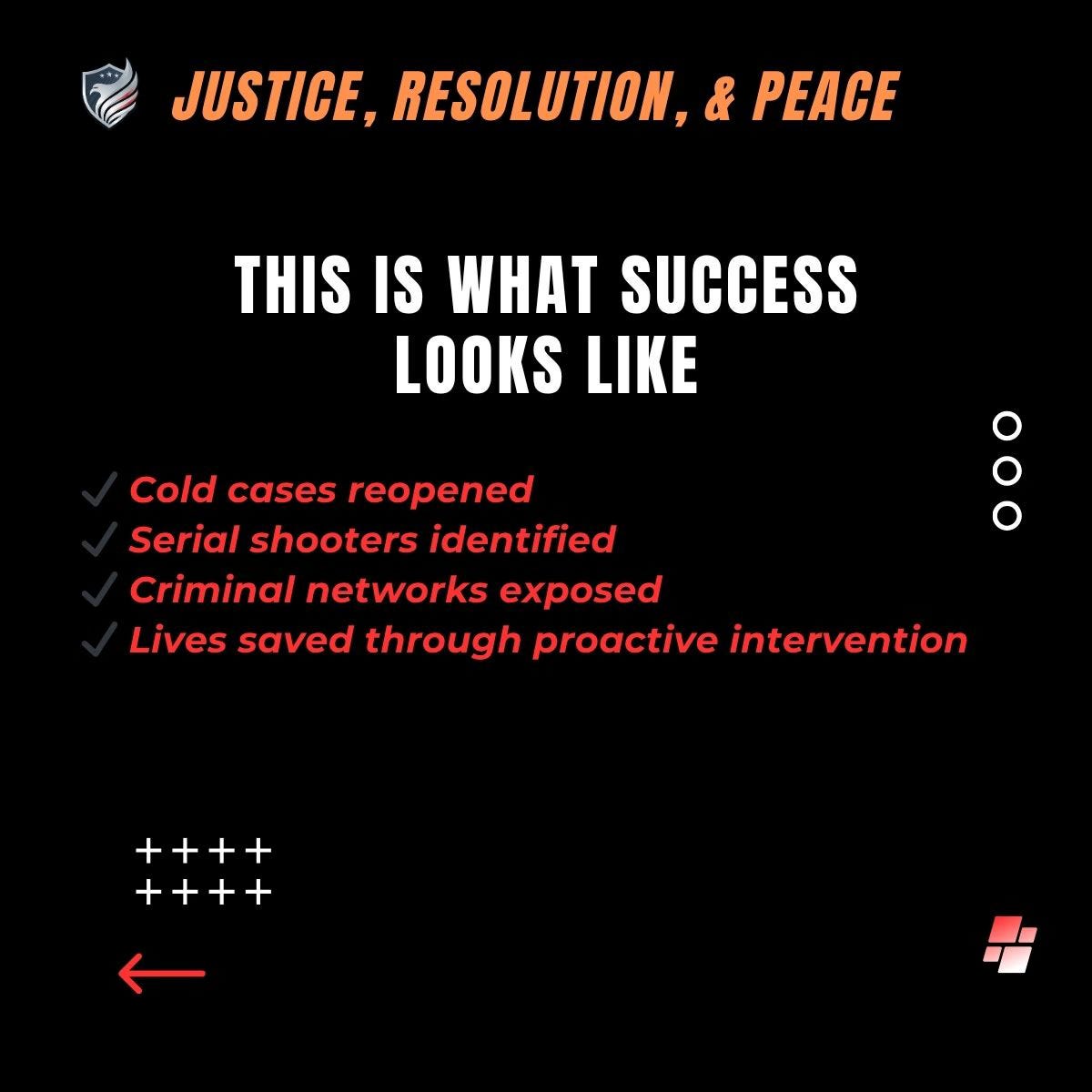
Another excellent article showcasing NIBIN’s transformative impact on ballistic crime investigations. As we continue to develop our generative machine learning platform for violent crime pattern recognition, in solving unsolved violent crime, NIBIN represents the gold standard we aim to achieve. Our goal is to reach the same level of investigative success and widespread adoption that has made NIBIN such a powerful tool for law enforcement.